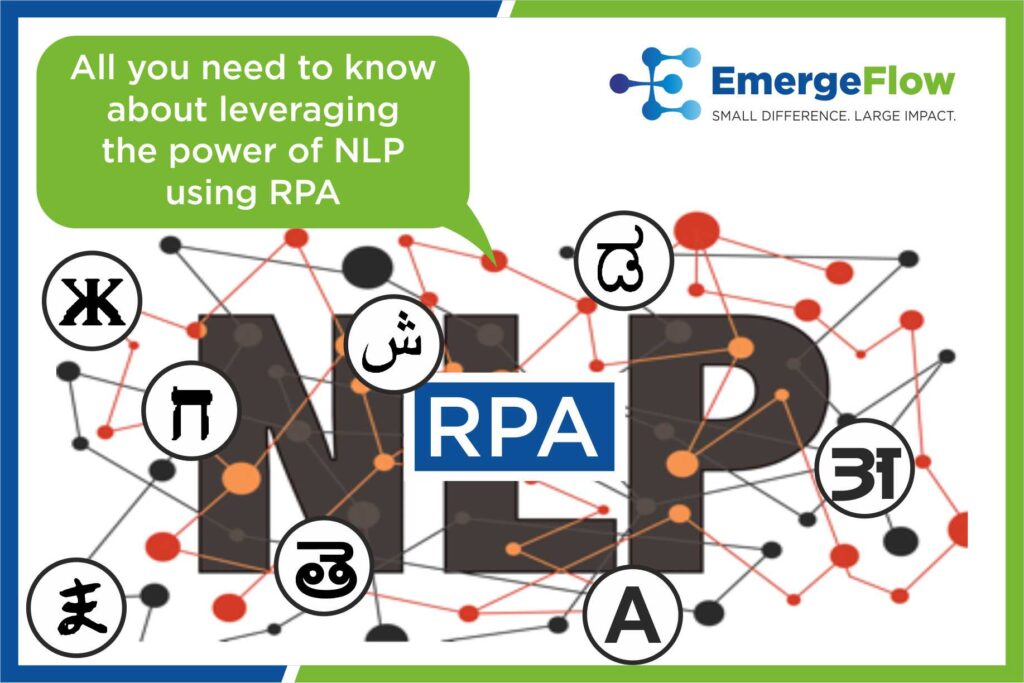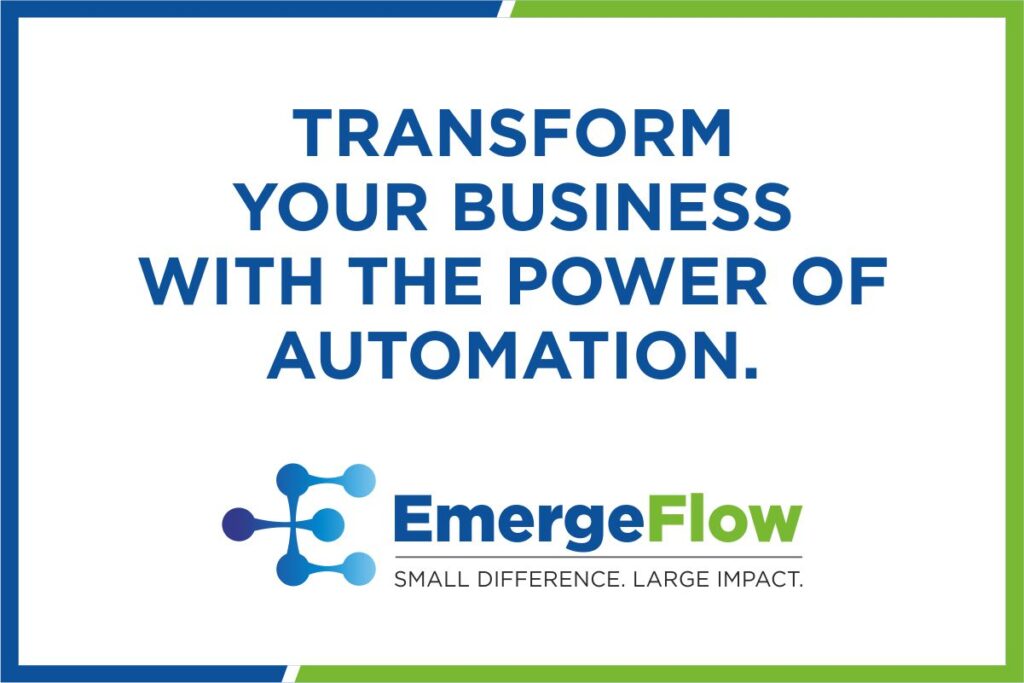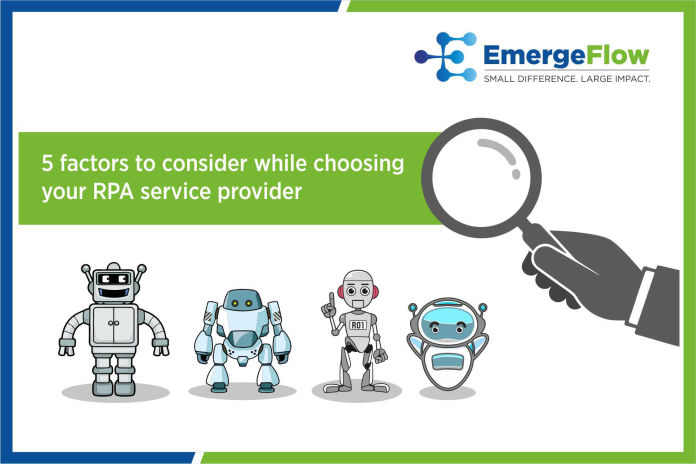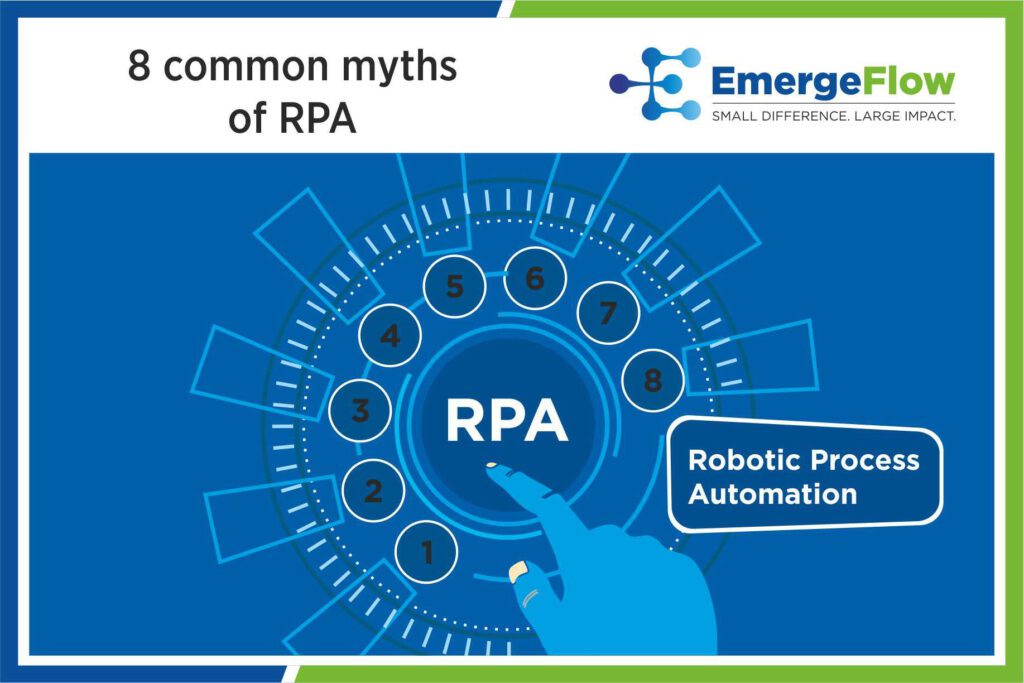How to Boost Business with Automation

66% of businesses today use business automation for recurring operations. It saves money, time, and labor and brings accuracy to the tasks. These could be jobs like processing invoices and legal documents, creating reports, migrating data, or automating ticketing systems and emails.
This automation runs on RPA technology. This technology uses AI, software tools, and robots to bring automation to life. It performs a repetitive job to either completely or partially ease the labor requirement. But, RPA alone can only automate structured business operations. What about the ones which are not structured or semi-structured?
NLP combined with RPA can help escalate the analysis process to enhance automation. But how exactly? Today we will cover how NLP becomes a helping hand to diversify RPA use cases. First, let us start by understanding what is NLP.
What is NLP?
NLP or natural language processing is the methodology to understand and analyze human language through computer systems. For instance, have you noticed how Gmail sends a triggered message when you forget to add an attachment? This is natural language processing. It reads, interprets, and prompts the messages based on its analysis.
Computers and humans do not have the same language. NLP provides the ability for the computer to interpret human language. Examples of NLP are voice assistants (like Alexa and Siri) and chatbots.
But how does RPA combined with NLP help in business automation? Let us understand the gaps in the RPA system and how NLP helps to bridge them.
NLP and RPA: Strengthening Business Automations
RPA can automate the structured recurring tasks that run on set rules such as creating invoices and data migration. These can be attended or unattended tasks that remove either a portion or the entire workload. However, RPA can not help with tasks that involve direct human interactions and human language. NLP comes to the rescue in such cases.
NLP can interpret the human language for computer systems. It increases the utility of RPA by expanding the analytical scope. Apart from structured data, the computer can understand semi-structured or unstructured data.
For instance, RPA alone can not analyze a document as it is unstructured. But, NLP starts by reading the sentences and identifying the core ideas. Then, it segments those ideas with machine translation to classify and summarize. So, if you feed NLP with the sentence “how old are you?”; It will inform you of the ‘age’ intent.
A company needs to feed the NLP with relevant data first for interpretation. This helps in automating the entire process by adding the human touch, such as processing invoices, tickets, or other crucial documents. It leads to improved user experience and security. They save hours of labor by eradicating critical errors and giving end-to-end work progress visibility. Let us now look at some use cases when NLP and RPA are employed together.
NLP and RPA Use Cases
RPA and NLP, when brought together, expand the horizon of automation opportunities for businesses. Here are 4 use cases of NLP with RPA.
1. Ticket Processing: A technician can handle an average of 21 tickets per day. Automation makes ticket processing faster and easier by analyzing the text to segment and determine the sentiment. This helps in sending the tickets to the appropriate department. Also, with sentiment analysis, the team can prioritize the tickets.
2. Invoice Processing: NLP with RPA can make invoice processing faster and error-free. On average, an AP clerk can process 1000 invoices per month, including all the aspects such as approval, requests, and reconciliation. With automation, the process streamlines to scan and extract all the data into your CRM in one go. This saves time and reduces the scope of error.
3. Contracts Analysis: Contracts are legal documents that require due diligence analysis. NLP and OCR (Optical Character Recognition) can help with contract analysis to ensure compliance. It eliminates the need for manual tracking and saves considerable time.
4. Document Analysis: Similar to contract analysis, OCR and NLP can analyze the document contents. NLP reads and segments the data by defining relationships based on the core data value.
Apart from these four, NLP and RPA can be employed for insurance claim handling, financial filings, customer experience analytics, and processing other unstructured and semi-structured data. It can easily read, interpret, categorize and segment, and summarize data to ease processing.
Adopting NLP and RPA for business automation
So, what are some of the business processes that you wish to automate? Is its invoice processing, financial filings, or other tasks? Need help automating your business processes?
We at EmergeFlow help businesses to focus on business growth and get rid of repetitive clerical jobs. Contact us for a free consultation to automate your business and enjoy employee satisfaction.




